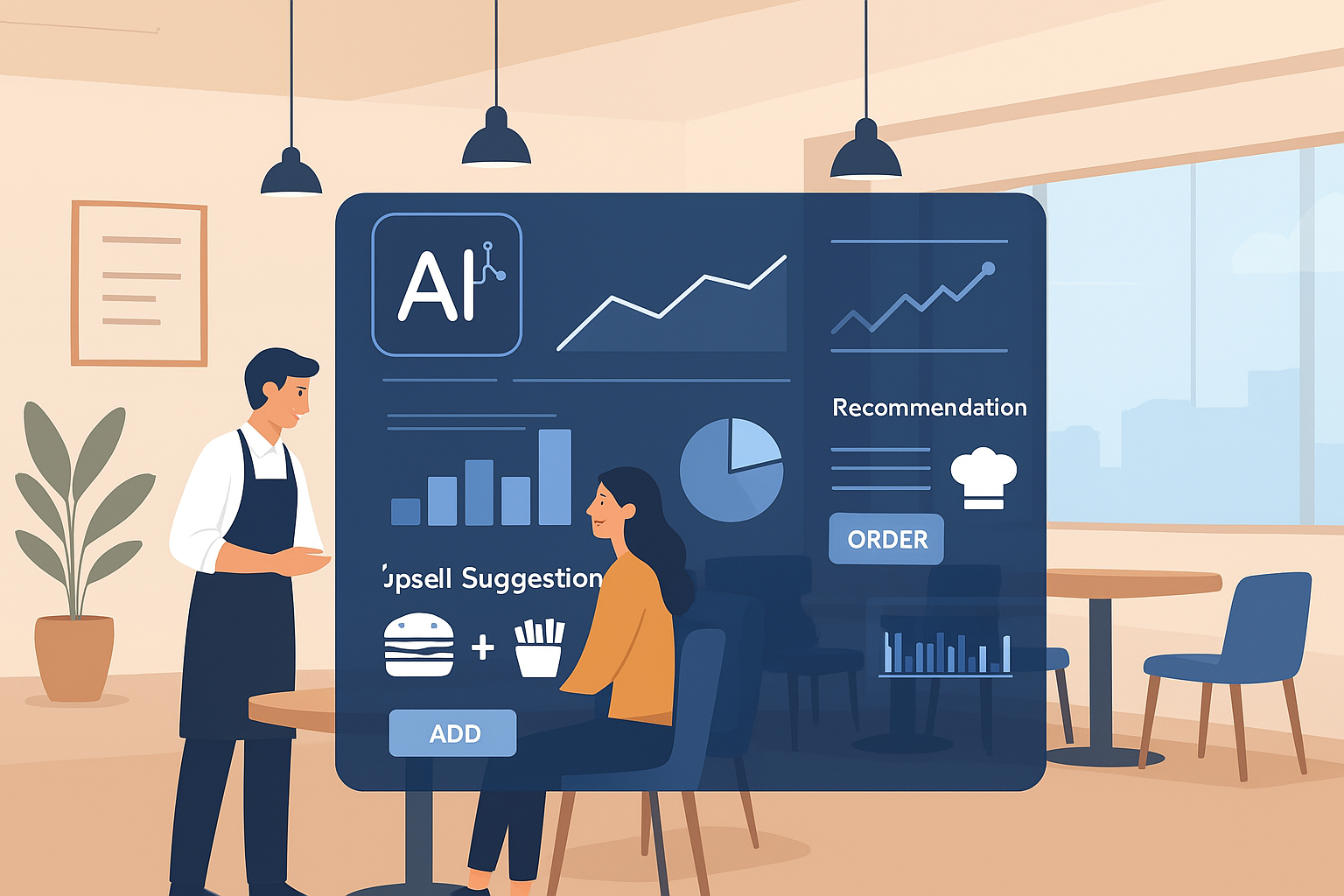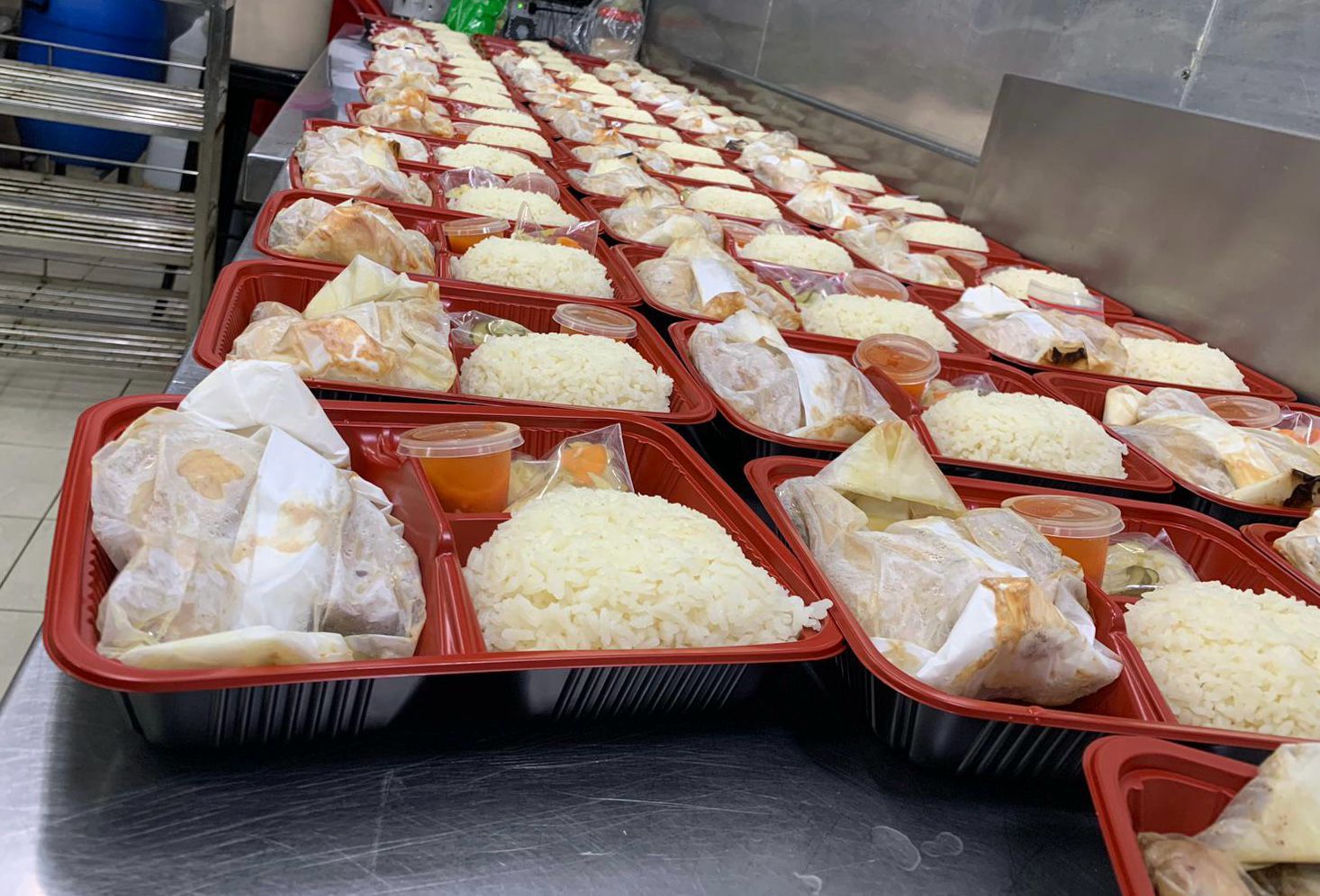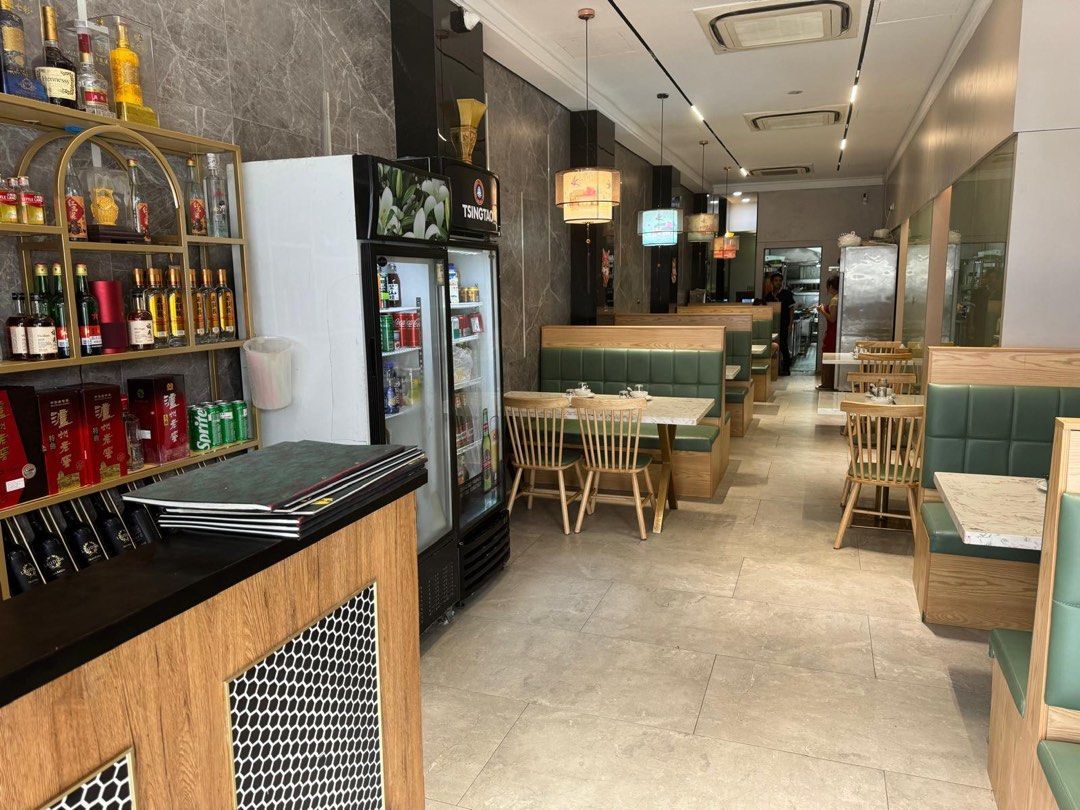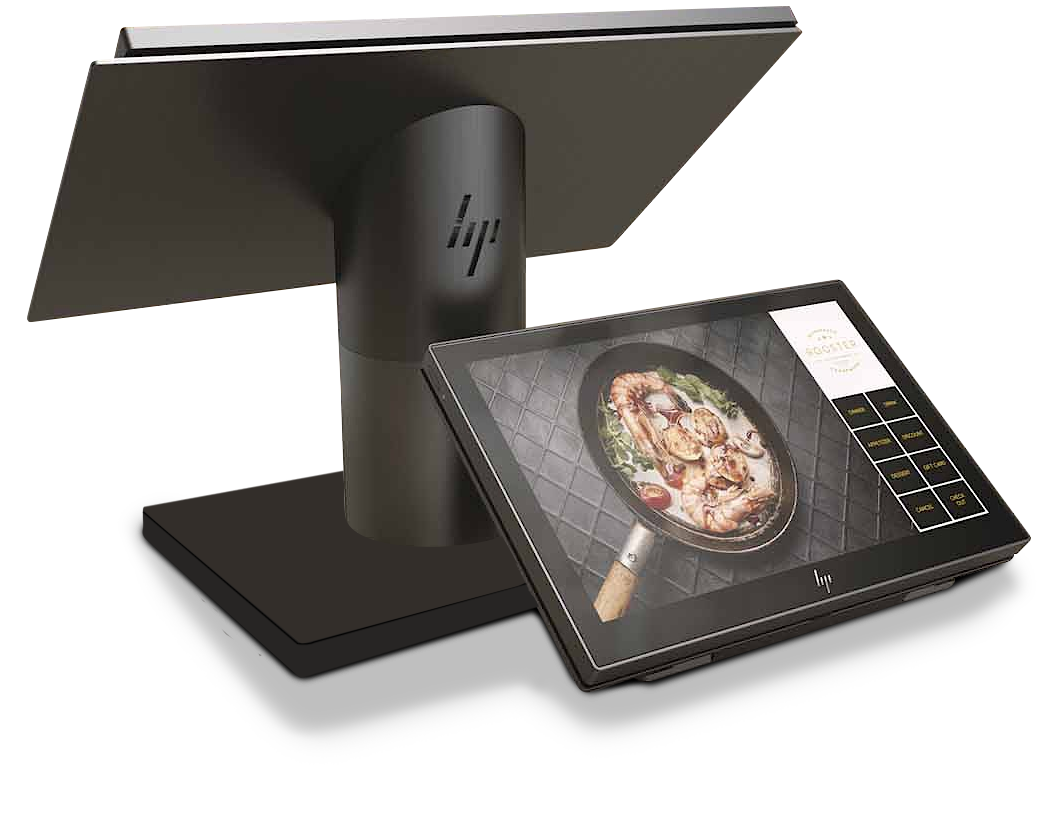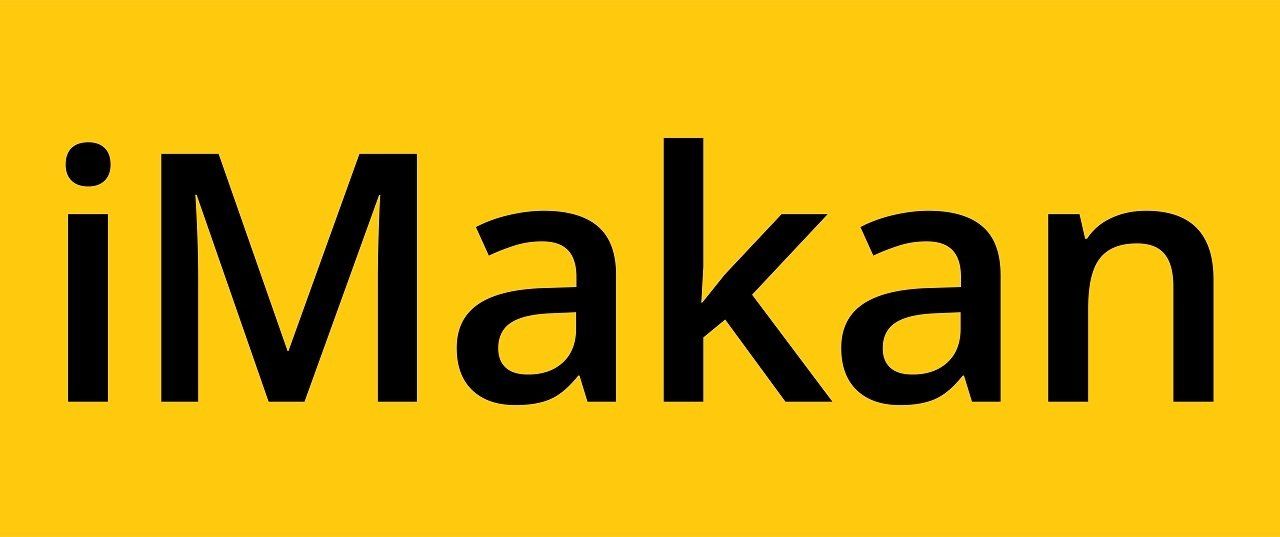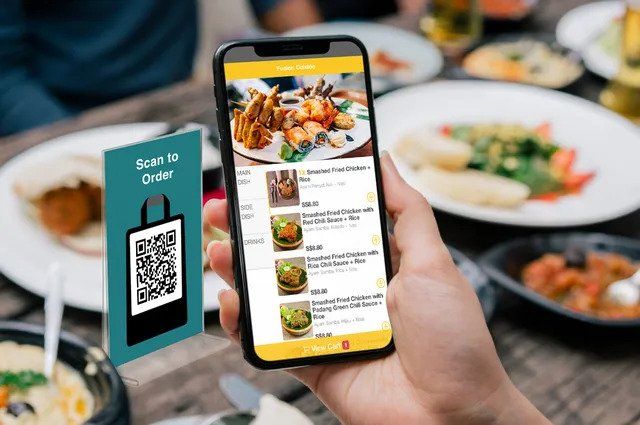
Home-based businesses are rising in popularity especially since the pandemic hit. Many aspiring F&B entrepreneurs found that starting up from home is a cost-effective and viable way to kick start their F&B business before committing to a shopfront.
Most home-based businesses reach their customers through social media platforms such as Facebook and Instagram and get orders through direct messages, which is a great way to engage with your customers to offer a personalised touch.
However, as order volumes increase, it becomes an inefficient method of order taking, hence, online ordering systems.
Why should home-based businesses get online ordering systems?
An effective, less labour intensive way to get handle more orders
As order volumes increase, you may not be able to attend to every direct message from your customers and may reply late or completely miss out on their messages. This will lead to lost opportunities for your home-based F&B business and may cause you to lose potential and even loyal customers.
An online ordering system features a digital menu that displays your full menu to your customers. It helps them to understand each menu item through high-resolution images and descriptions. They can then add their preferred menu items to the cart and checkout with the option to self collect or have their food delivered.
This creates a seamless ordering experience for your customers as they do not have to enquire through direct messages and wait for a reply. Furthermore, it automates the ordering process so that you do not have to attend to enquires manually, making the ordering process more efficient and less labour intensive.
Never miss out orders
Taking orders through direct messages presents another challenge. This manual order taking method will require you to update your order lists manually. It can be a challenge when managing food preparation and order taking, resulting in missed orders.
Online ordering systems help you keep track of your orders through an order management solution. You will be able to view all confirmed, pending, completed orders and their remarks at a glance. For delivery orders, you may choose to enable the online ordering system to automatically assign a third party delivery agent to collect the orders at the specified time.
Consolidate your sales amounts
Order preparation, order taking and marketing your business on social media already takes up a huge chunk of your time, leaving you with little time to consolidate and manage your sales figures. This can lead to spending more than you are making from your home-based F&B business and put you in the red.
Online ordering systems help by consolidating your sales data and providing you with powerful reports and dashboards which provides you with valuable insights into your home-based F&B business.
The time saved from manual order taking and consolidating sales figures can be spent on R&D of new food products or strategising ways to sell more. This helps you earn more and take a step closer to your probable end goal of having your own outlet.
Getting an online ordering system for your home-based business
Online ordering systems are not costly. iMakan’s online ordering system is pre-approved for government grants that subsidize up to 80% of the costs of adopting an online ordering system.
Interested to get an online ordering system for your home-based F&B business? Drop iMakan your contact information below and we will be happy to arrange a free demo with you!
